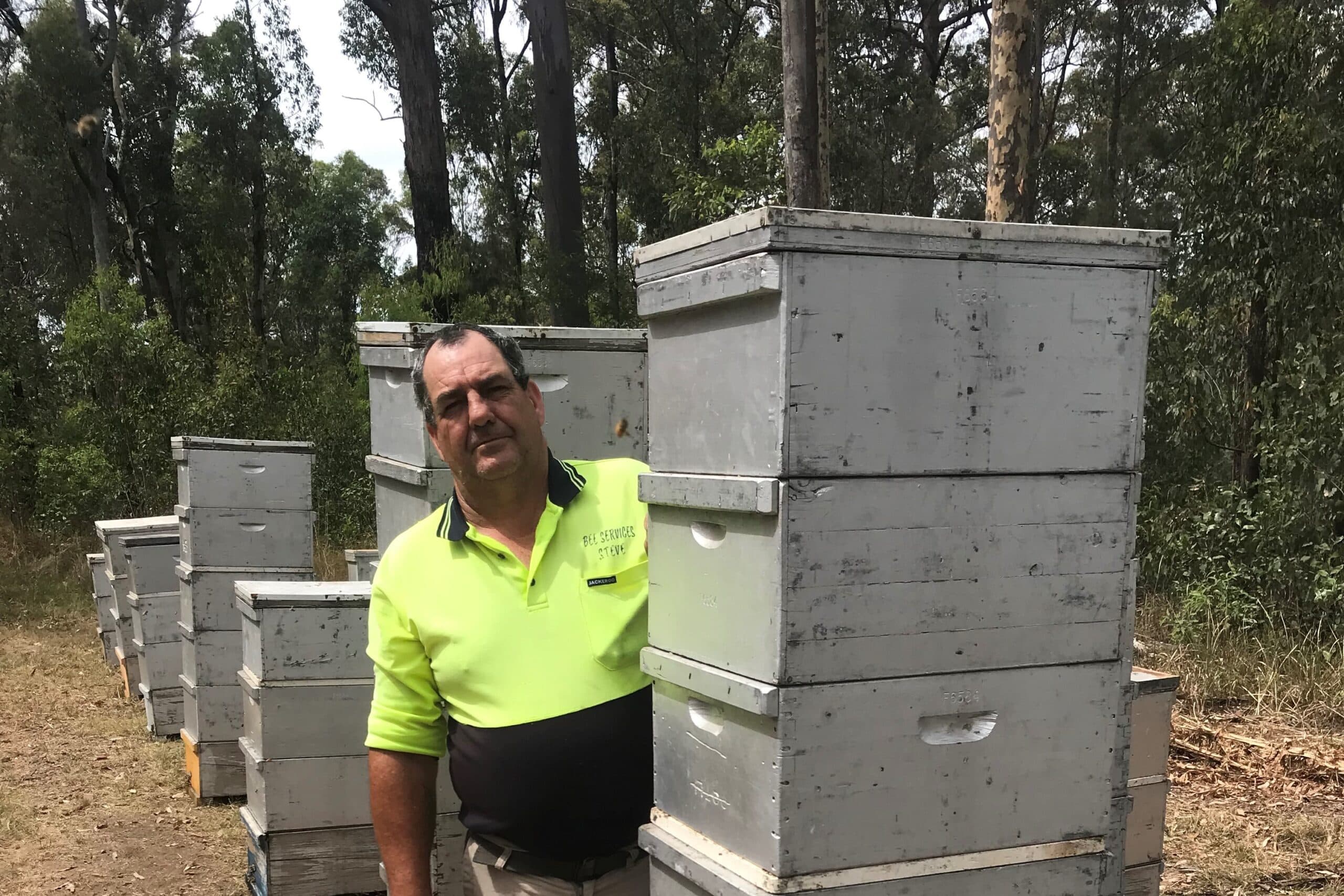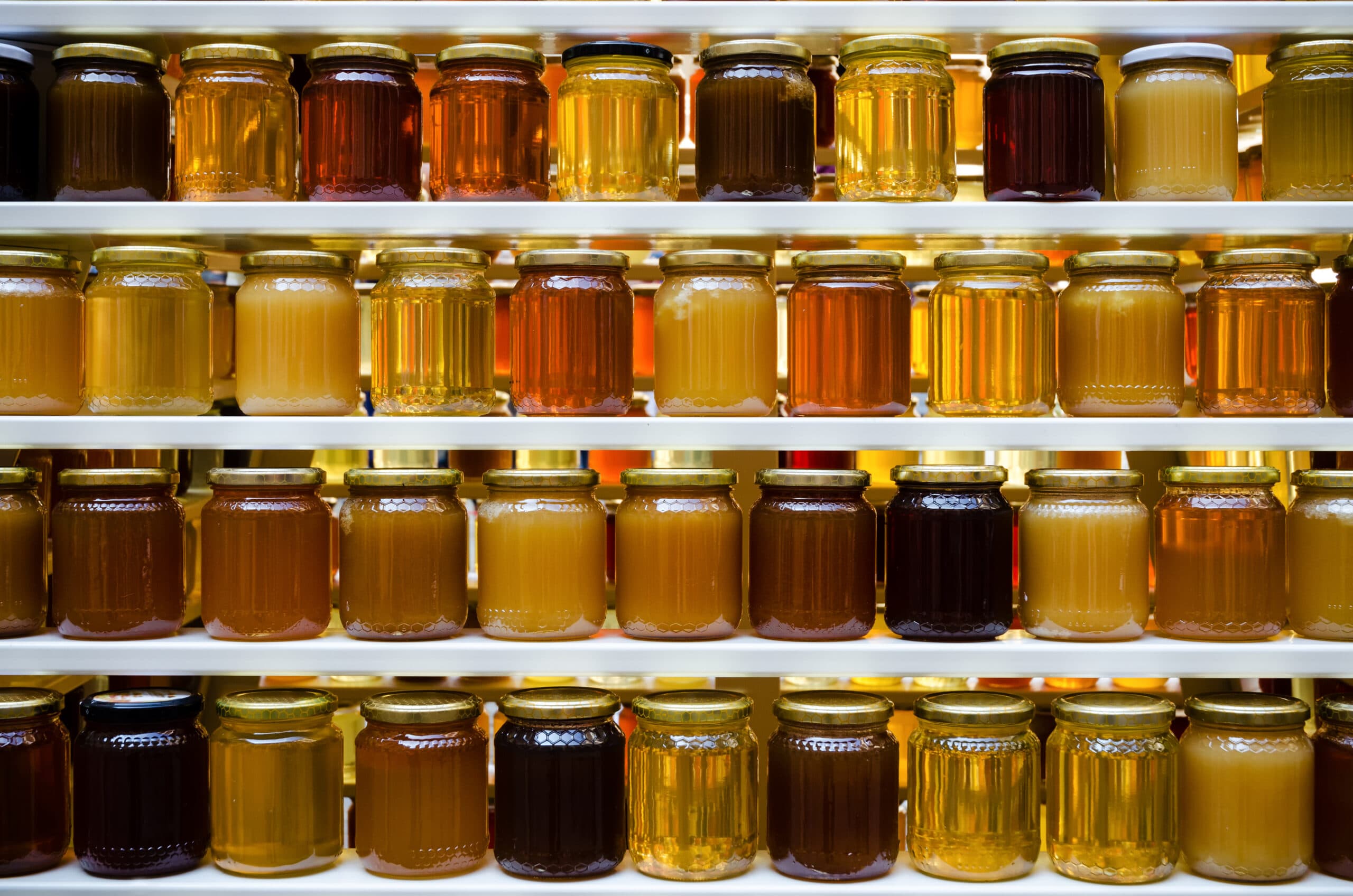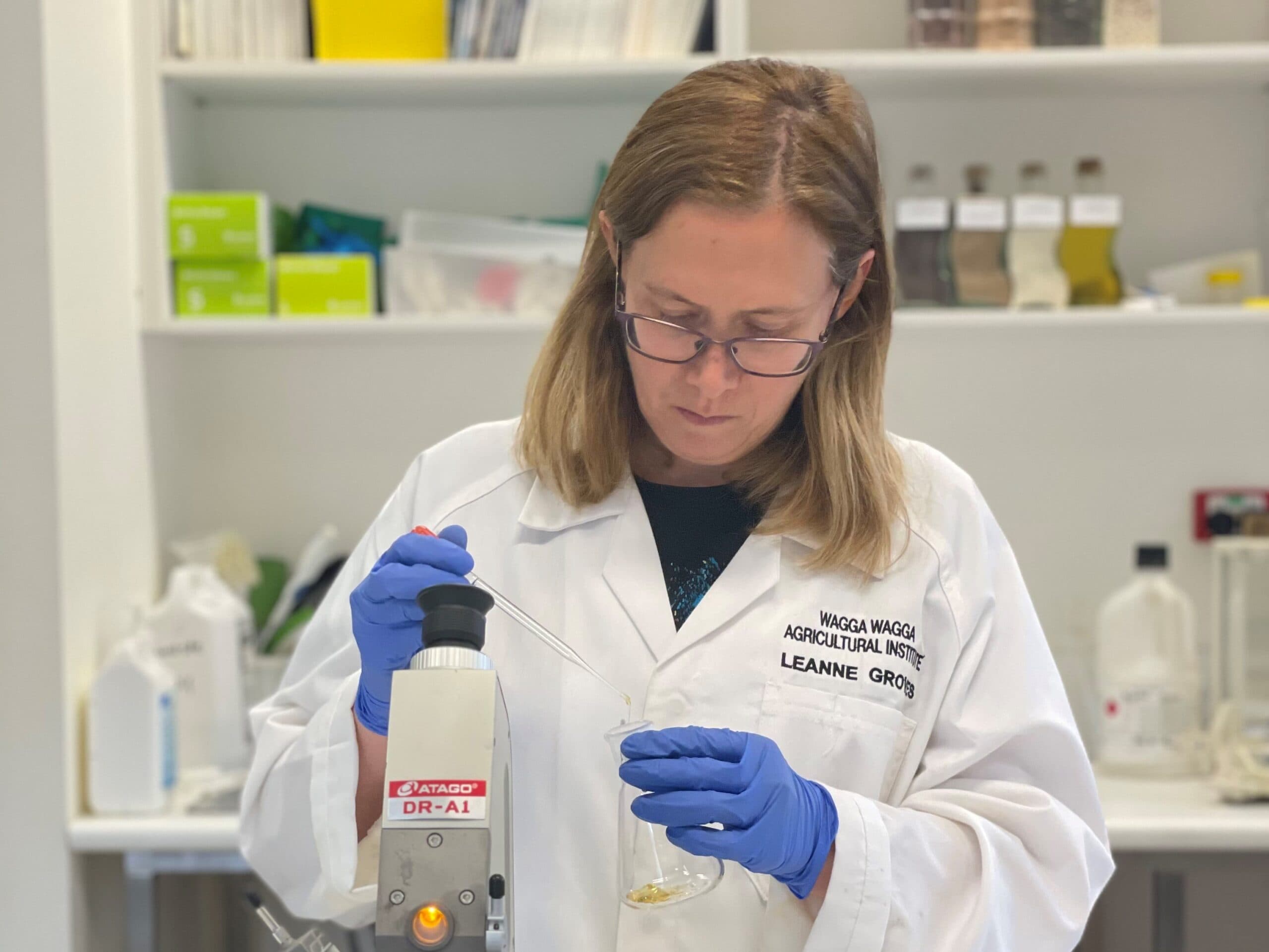The chemical composition of honey project, led by chemist Jamie Ayton from the NSW Department of Primary Industries (NSW DPI), is establishing world-standard testing protocols to determine exactly what Australian honey is made of and to create an Australian honey quality assurance standard.
The project seeks to provide evidence to protect the Australian honey industry from adulteration, improve the traceability of Australian honey and based on their unique product help Aussie beekeepers receive a premium price.
Standards to protect the industry and support Australian honey’s premium brand
With no formal quality standards, or recognised testing protocols in place, the domestic industry is compromised as it cannot currently state that all Australian-produced honey is unadulterated.
Negative media associated with Australian honey and reports of adulteration of Australian honey highlighted the need for these standards and an Australian honey chemistry database.
“The information we are collecting, in association with data from other analytical techniques, will help determine the composition of Australian honey. If in the future, allegations are made about the provenance of the product beekeepers and industry will be able to use the results to confirm the composition and provenance, hence offering market protection,” said Jamie.
Jamie believes the project has the potential to achieve far more than market protection alone.
“An Australian honey chemistry database is also an important component in developing premium products and strategies for future industry development. In time we would like to see Australian honey, tested using these protocols, branded with an internationally recognised and revered quality assurance (QA) mark,” said Jamie.
Defining our difference
Commercial beekeeper and member of AgriFutures Honey Bee & Pollination Advisory Panel, Steve Fuller, has been providing honey samples for the project in an effort to help define Australian honey’s uniqueness and to protect its global reputation.

“Nowhere else in the world produces honey like Australian honey. We have more than 700 native floral resources – from eucalypts to rainforest species – for our bees to gather nectar to produce honey.
“With such diverse flora, it’s unrealistic to think that the same standards can be used to test Australian honey as our international counterparts when, at its core, the ‘ingredients’ are so different. But, at the moment we don’t have any baseline data to 100% prove the origin and quality of Australian honey,” said Steve.
That’s where Jamie and his team at NSW DPI come in, using existing international honey standards, they have developed Australian laboratory-based tests to establish the baseline data on the composition of Australian honey and have successfully verified the accuracy of these tests. They are now applying these new protocols, to testing Australian honey samples – provided by east-coast based Australian beekeepers like Steve – to develop a comprehensive database of Australian honey profiles.











